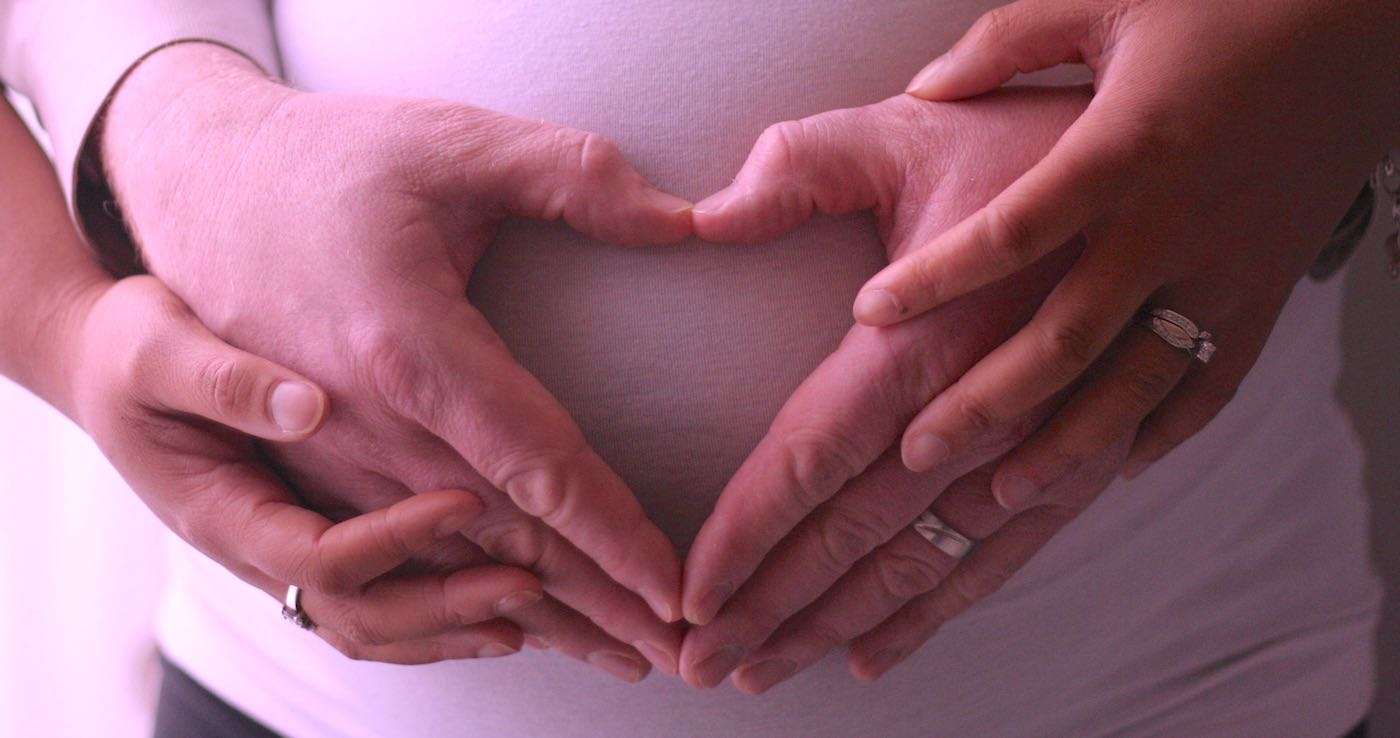Crazy Insulin Prices Now a Thing of the Past in U.S. After Government Initiates Monthly Cost of $35
Big pharma companies now have to provide rebates to Medicare if the cost of their drug rose faster than the price of inflation.

A new non-invasive test could make it easier for doctors to predict successful pregnancies for women undergoing IVF, improving the accuracy and outcomes of this procedure among couples struggling to conceive.
In-vitro-fertilization (IVF), a treatment that involves fertilizing eggs in a laboratory and later implanting them in the uterus, has been a source of hope for many couples.
However, IVF is a complex process, with success rates among women younger than 40 in the United States being only 20 to 40 percent.
This is because it can be challenging for doctors to determine which IVF embryos are most likely to result in a successful pregnancy.
But now, a brand-new non-invasive test for embryo quality, developed by scientists at University of California San Diego, has the potential to solve this challenge.
"Unfortunately, IVF success still involves a big element of chance, but that's something we're hoping our research can change," said Professor Irene Su, of UC San Diego School of Medicine. "IVF is challenging enough as it is, so it was extremely important to us that our research didn't interfere with this already-delicate process.
"What we've done is more akin to looking at what's left behind at an archaeological site to help us learn more about who lived there and what they did."
The new test works by detecting small particles of genetic material, called exRNAs, that are left behind in the liquid young embryos are grown in.
Instead of relying on biopsies of embryos, the new approach works similar to blood tests by detecting exRNAs in a sample of fluid.
This means that the new approach is completely non-invasive and involves no extra steps on the part of women going through IVF treatment.
Although scientists are still unsure of the biological function of exRNAs, their discovery in the early 2000s has opened up new avenues into medical research, offering insights into cell-to-cell communication and disease processes, with further potential for it to be applied to diagnostics and therapeutics.
"It's really only in the last decade that we have started to uncover the uses for exRNAs, and there could be countless other applications we haven't yet discovered," said Sheng Zhong, professor in the Department of Bioengineering at University of California.
"This is just the beginning."
Still, the researchers caution that it will take additional research to confirm whether their test can be used directly to predict positive IVF outcomes, such as successful births.
"Once that work is done, we hope this will make the overall process of IVF simpler, more efficient, and ultimately less of an ordeal for the families seeking this treatment," said Professor Su.
SHARE This Hopeful Advance In Family Planning Sciences…
Be the first to comment